Java vs Python: Robust vs Rapid
Updated on : 24 April 2025
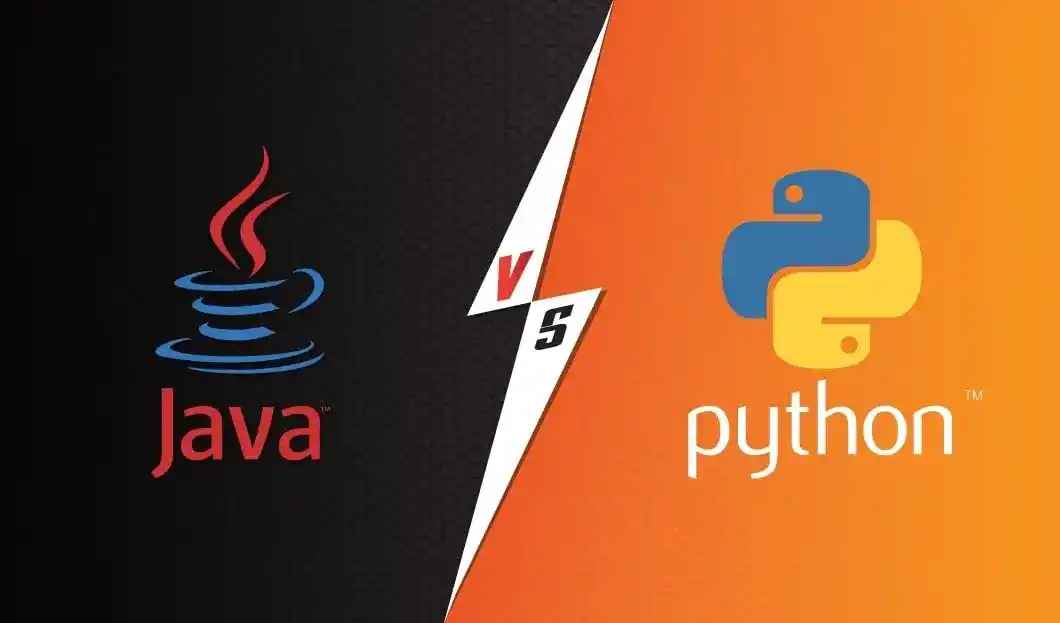
Image Source: google.com
Table Of Contents
- 1. Introduction
- 2. Popularity Comparison: Java vs Python
- 3. Introduction to Python
- 4. Key Characteristics of Python
- 5. Benefits of Using Python
- 6. Limitations of Python
- 7. Ideal Scenarios for Python Usage
- 8. Introduction to Java
- 9. Key Characteristics of Java
- 10. Benefits of Using Java
- 11. Limitations of Java
- 12. Ideal Scenarios for Java Usage
- 13. Python vs Java: A Comparative Overview
- 14. FAQs
Table Of Contents
Introduction
Java Vs Python are like the superheroes 🦸♂️ of the coding world—each with unique powers. Java brings speed , structure , and performance , while Python shines with simplicity and flexibility . Whether you're building apps 📱 or diving into data 📊, one of these legends has your back!
Popularity Comparison: Java vs Python
🐍 Python
- Popularity: ~55%
- Reasons for Popularity:
- ✅ Easy-to-read syntax, ideal for beginners.
- 📊 Widely used in AI, machine learning, and data science.
- 🛠️ Rich set of libraries and frameworks (e.g., NumPy, Django).
- ⏱️ Faster development cycles – great for rapid prototyping.
- Best For: Data science, scripting, automation, web development.
☕ Java
- Popularity: ~35%
- Reasons for Popularity:
- 🏗️ Strong presence in enterprise software and backend systems.
- 📱 Primary language for Android app development.
- 🔒 Known for stability, security, and performance.
- 🌐 Platform-independent via JVM – "write once, run anywhere".
- Best For: Large-scale enterprise applications, mobile apps, web services.
Introduction to Python
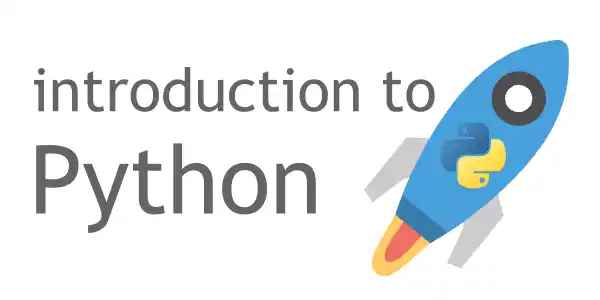
Image Source: google
| Concept | Description |
|---|---|
| Python Basics | Basic syntax, variables, and data types. |
| Control Flow | Conditional statements, loops. |
| Functions | Defining and calling functions. |
| Lists | Ordered collection of items. |
| Dictionaries | Key-value pairs collection. |
| Modules | Reusing code through import. |
| Exception Handling | Handling errors using try/except. |
Key Characteristics of Python
- Simple and Easy to Learn 🧑💻
- Readable Syntax: Python’s syntax is designed to be simple and clear, making it easier for new programmers to understand.
- High-Level Language: Python abstracts away complex machine-level details, which makes it easier to focus on solving problems rather than worrying about low-level code implementation.
- Minimalist Design: Python follows the principle of “There’s only one way to do it,” making the language easier to learn and maintain.
- Interpreted Language 🖥️
- No Compilation: Python code is executed line by line by the interpreter, which makes it easier to debug.
- Interactive Mode: Python has an interactive mode where you can test individual statements and expressions, making it a great language for prototyping.
- Cross-Platform: As Python is interpreted, you can run Python code on different platforms without needing to recompile the code.
- Dynamically Typed 🔄
- No Need for Variable Declaration: In Python, you don't have to specify the type of a variable when it is declared.
- Type Inference: Python automatically detects the type of variable during runtime.
- Flexible: Variables can change types during the execution of a program, which adds flexibility but also requires careful attention to potential runtime errors.
- Object-Oriented Language 🧑🏫
- Supports OOP: Python supports object-oriented programming (OOP), which allows you to create classes and objects.
- Encapsulation, Inheritance, Polymorphism: Python provides key OOP features such as encapsulation (hiding data), inheritance (extending classes), and polymorphism (overriding methods).
- Reuse of Code: OOP principles help you structure code in a way that promotes reusability and scalability.
- Extensive Standard Library 📚
- Rich Modules: Python includes a rich collection of modules and libraries, ranging from file I/O, regular expressions, and networking to machine learning and web development.
- Third-Party Libraries: Beyond the standard library, Python supports a vast ecosystem of third-party packages available through the Python Package Index (PyPI), enabling you to quickly extend Python’s functionality.
- High-Level Data Structures 📊
- Built-in Data Types: Python provides built-in data structures like lists, tuples, sets, and dictionaries to store and manage data efficiently.
- Dynamic Arrays and Lists: Lists in Python are dynamic and can grow or shrink as required, making them flexible to use.
- Efficient Dictionaries: Python dictionaries provide a fast way to store key-value pairs, making it suitable for various applications like caching and searching.

Need help for Hire Java or Python Developers?
Benefits of Using Python
| Benefit | Description |
|---|---|
| Easy to Learn | Simple syntax, ideal for beginners. |
| Community Support | Large, active community with tons of resources. |
| Extensive Libraries | Rich libraries and frameworks for various applications. |
| Cross-Platform | Works on multiple operating systems without changes. |
| Versatile | Used in web development, data science, AI, and more. |
| Integration | Easily integrates with other programming languages. |
| Maintainable Code | Readable and clean code structure. |
| Rapid Prototyping | Quick to test ideas and implement prototypes. |
| Automation | Perfect for automating tasks and workflows. |
| Data Analysis | Great tools for data manipulation and visualization. |
| IDE Support | Works with many popular IDEs like PyCharm and VS Code. |
| Open Source | Free to use and constantly improved by the community. |
Limitations of Python
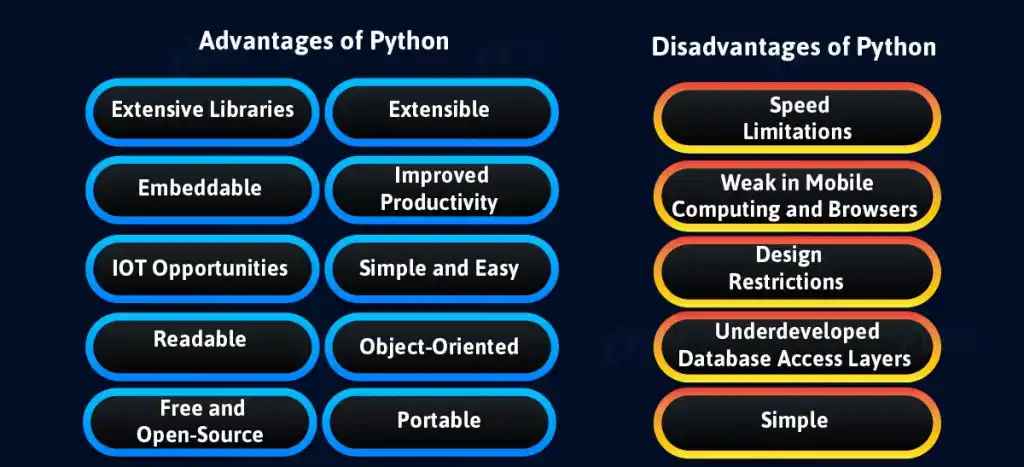
Image Source: google
| Limitation | Description |
|---|---|
| Slower Execution | Python is generally slower compared to compiled languages like C++ or Java. |
| Memory Consumption | Python’s memory consumption is higher than some other languages. |
| Mobile Development | Python is not the best choice for mobile app development. |
| Runtime Errors | Dynamic typing can lead to runtime errors that may not be caught at compile time. |
| Global Interpreter Lock (GIL) | Python's GIL limits multi-threading performance in CPU-bound applications. |
| Limited Multithreading | Due to the GIL, Python's true parallelism is restricted in multi-threaded applications. |
| Weak in Mobile Computing | Python is not commonly used for mobile computing, unlike Java or Swift. |
| Design Restrictions | Python’s design philosophy may limit certain use cases, like low-level system programming. |
| High Memory Usage | Python uses more memory for large-scale applications, which can lead to inefficiencies. |
| Not Ideal for Game Development | Python is not widely used in game development, especially for high-performance games. |
Ideal Scenarios for Python Usage
- Web Development
- Python frameworks like Django and Flask make web development fast and efficient.
- Suitable for building web applications, RESTful APIs, and backend services.
- Data Science and Analysis
- Python’s rich ecosystem of libraries like Pandas, NumPy, and Matplotlib make it perfect for data manipulation, analysis, and visualization.
- Widely used for statistical analysis, machine learning, and artificial intelligence.
- Automation and Scripting
- Ideal for automating repetitive tasks, file management, web scraping, and system administration.
- Scripts can be written quickly and easily for tasks like batch renaming files or automating data entry.
- Machine Learning and AI
- Libraries like TensorFlow, Keras, and Scikit-learn make Python one of the top choices for developing machine learning and AI applications.
- Python is extensively used in data modeling, neural networks, and deep learning.
- Scientific Computing
- With libraries like SciPy and SymPy, Python is well-suited for solving mathematical, scientific, and engineering problems.
- It’s used in simulations, scientific research, and numerical computations.
- Prototyping and Rapid Development
- Python is great for quickly turning ideas into prototypes due to its simplicity and ease of use.
- It allows for fast iteration, making it ideal for startups and MVPs (Minimum Viable Products).
- Game Development (for Simple Games)
- Python, using libraries like Pygame, is ideal for developing simple 2D games and learning game programming basics.
- While not suited for high-performance games, Python is good for prototyping and smaller-scale projects.
- Network Programming
- Python’s built-in libraries like Socket and Twisted are great for developing network applications like chat servers, email clients, and other client-server models.
- Embedded Systems and IoT
- Python can be used for embedded systems, especially on platforms like Raspberry Pi for IoT (Internet of Things) projects.
- Libraries like MicroPython make it easy to work on hardware projects.
- Education and Teaching
- Python is widely used in teaching programming due to its simple syntax and readability.
- Ideal for beginners learning basic programming concepts and algorithms.
Introduction to Java
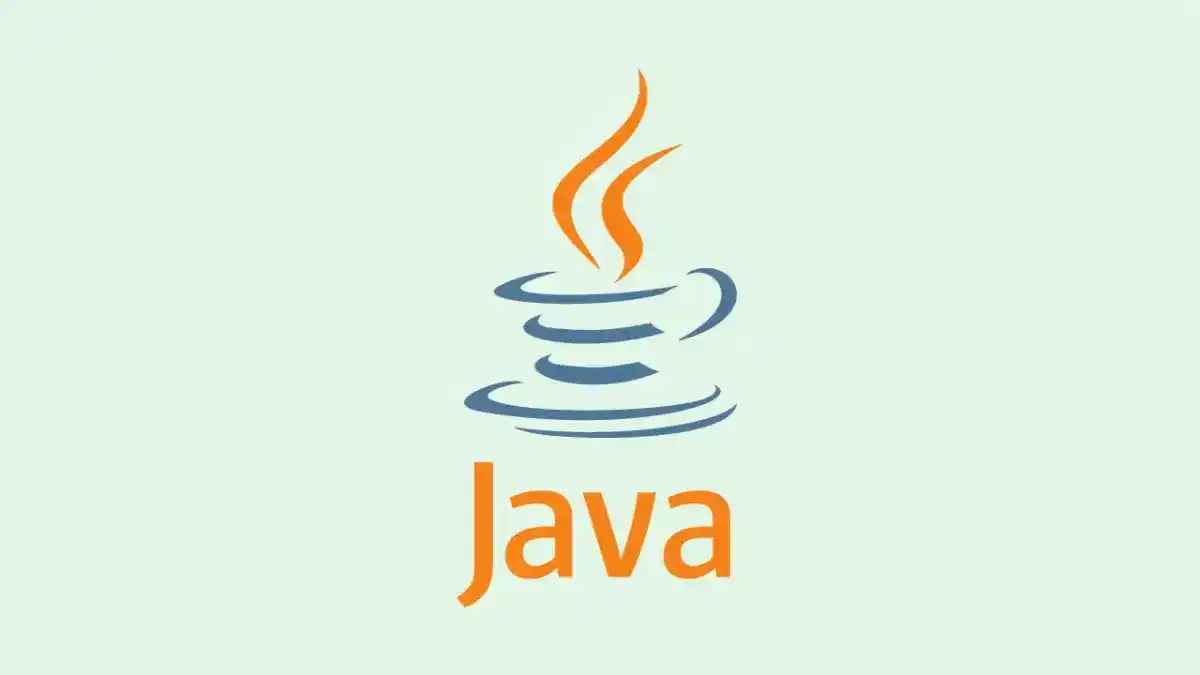
Image Source: google
| Aspect | Description |
|---|---|
| Language Type | Object-oriented, high-level programming language. |
| Platform Independence | Java code is platform-independent, thanks to the Java Virtual Machine (JVM). |
| Syntax | Java syntax is similar to C++, making it easy for C/C++ developers to learn. |
| Memory Management | Automatic garbage collection handles memory management. |
| Multithreading | Built-in support for multithreading, allowing efficient execution of concurrent tasks. |
| Security | Java provides strong security features like bytecode verification and access control. |
| Libraries and APIs | Java offers extensive libraries and APIs for web, networking, and graphical interfaces. |
| Performance | Java is relatively slower than native languages like C, but faster than dynamically typed languages. |
| Use Cases | Widely used in enterprise applications, Android development, and large-scale systems. |
Key Characteristics of Java
- Object-Oriented
- Java is fully object-oriented, meaning everything is treated as an object.
- Supports key OOP principles such as inheritance, encapsulation, polymorphism, and abstraction.
- Platform Independence
- Java follows the "Write Once, Run Anywhere" principle.
- Code is compiled into bytecode, which can be executed on any device that has the Java Virtual Machine (JVM).
- Simple and Easy to Learn
- Java’s syntax is straightforward and similar to C++, making it easier for developers to learn.
- Automatic memory management (garbage collection) reduces the complexity of memory handling.
- Secure
- Java provides several layers of security, including bytecode verification and access control mechanisms.
- It has strong security features that are ideal for networked applications.
- Multithreading Support
- Java has built-in support for multithreading, allowing multiple tasks to be executed simultaneously.
- This helps in efficient CPU usage and improves performance in multi-core systems.
- Rich API
- Java has a vast standard library (API) that includes packages for file I/O, networking, utilities, databases, and graphical user interface (GUI) development.
- Robust
- Java is designed to be reliable, with features like exception handling and garbage collection.
- Strong type checking and memory management ensure fewer errors at runtime.
- Distributed Computing
- Java supports distributed computing, making it easy to work with network-based applications.
- Technologies like RMI (Remote Method Invocation) and EJB (Enterprise JavaBeans) allow for building distributed systems.
- High Performance
- Java’s performance has improved over time, with Just-In-Time (JIT) compilers and optimizations in the JVM.
- While slower than native languages like C, Java is faster than interpreted languages.
- Portability
- Java programs can run on any platform that supports JVM, making it platform-independent.
- The ability to run Java applications on various devices and operating systems makes it highly portable.
- Scalable and Flexible
- Java’s modular approach allows for easy scaling in large systems.
- It is highly flexible, supporting a wide range of applications from small programs to large enterprise solutions.
- Open Source
- Java is open-source and has a large community of developers who contribute to its growth and provide support.
- It is continually updated and maintained by Oracle and the Java community.
Benefits of Using Java
| Benefit | Description |
|---|---|
| Platform Independent | Runs on any device with a JVM. |
| Object-Oriented | Encourages modular, reusable code. |
| Secure | Provides built-in security features. |
| Multithreaded | Supports concurrent task execution. |
| Rich API | Comes with powerful built-in libraries. |
| Robust | Strong memory management and error handling. |
| High Performance | Uses JIT compiler for improved speed. |
| Large Community | Vast support and regular updates. |
| Versatile | Used in web, desktop, and mobile apps. |

Do You Want to Hire Expert Java Developers?
Limitations of Java
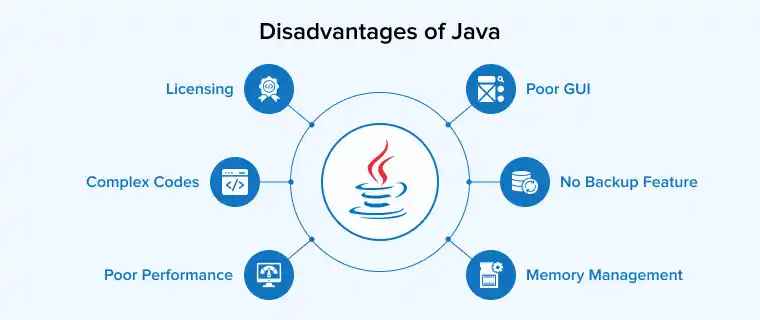
Image Source: google
| Limitation | Description |
|---|---|
| Slower than C/C++ | Java is generally slower due to its intermediate bytecode execution. |
| Memory Usage | Consumes more memory compared to lower-level languages. |
| Verbose Syntax | Code can be lengthy and complex for simple tasks. |
| GUI Development | Building GUI applications in Java is more complex than in some modern tools. |
| No Low-Level Programming | Not suitable for system-level programming like device drivers. |
| Performance Overhead | JVM adds an extra layer, which may cause performance delays. |
| Mobile Development Shift | Android is moving toward Kotlin, reducing Java’s dominance in mobile apps. |
Ideal Scenarios for Java Usage
1. Enterprise Applications
- Java is widely used for building large-scale, secure, and scalable enterprise systems.
- Popular in sectors like banking, insurance, and government due to its robustness and maintainability.
2. Android App Development
- Java was the primary language for Android development and is still heavily used.
- Supported by Android SDKs, making it a solid choice for mobile app backends.
3. Web Applications
- Java frameworks like Spring, Hibernate, and Struts are widely used for building dynamic and secure web applications.
- Ideal for developing e-commerce sites, content management systems, and web portals.
4. Desktop GUI Applications
- Java provides tools like Swing, JavaFX, and AWT for building cross-platform desktop applications.
- Suitable for business tools, IDEs (e.g., Eclipse, NetBeans), and educational software.
5. Scientific Applications
- Java’s portability and strong performance make it suitable for mathematical simulations, data analysis, and modeling applications.
6. Cloud-Based Applications
- Java is often used for creating cloud-based services and applications.
- Platforms like AWS, Google Cloud, and Azure offer Java SDKs and support.
7. Embedded Systems and IoT
- Java is used in smart cards, sensors, and various embedded systems where platform independence and reliability are key.
8. Distributed Applications
- Java's support for networking and RMI (Remote Method Invocation) makes it ideal for building distributed systems like chat servers and data-sharing platforms.
9. Big Data Technologies
- Java plays a role in big data ecosystems, particularly in tools like Apache Hadoop and Apache Kafka.
10. Educational Purposes
- Java is commonly used for teaching programming, data structures, and object-oriented concepts due to its clear syntax and structure.
Python vs Java: A Comparative Overview
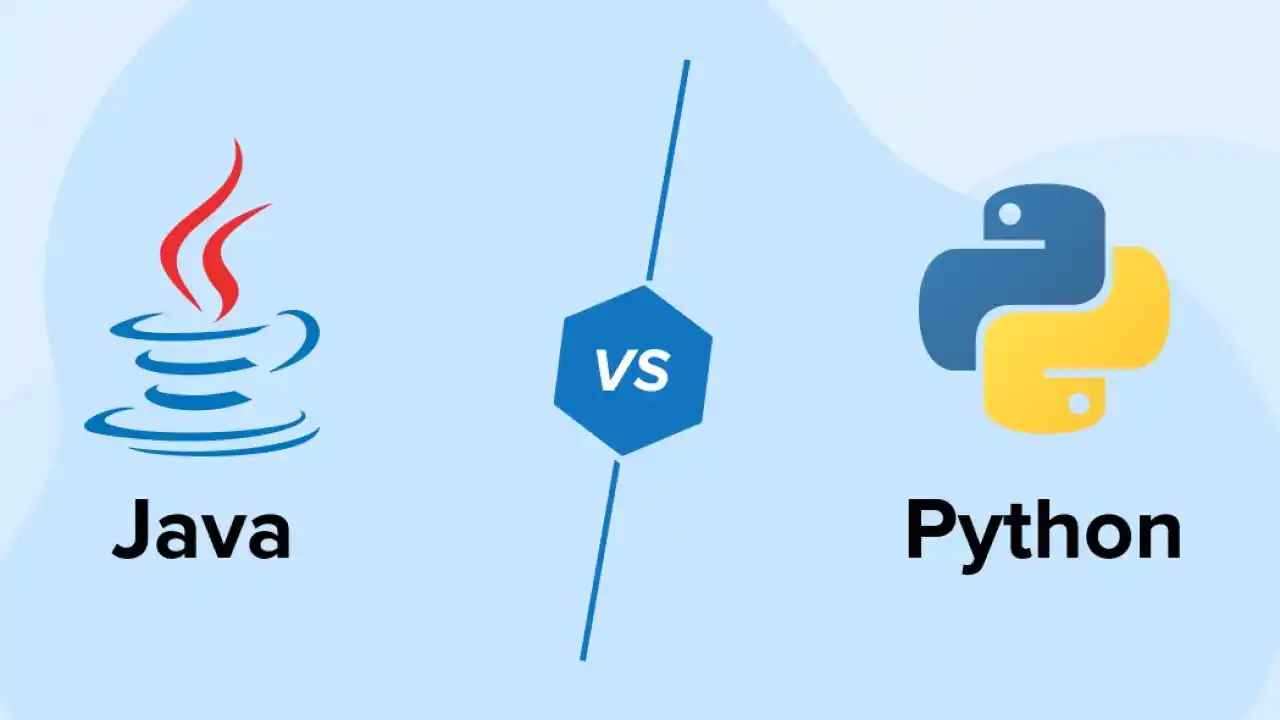
Image Source: google
| Feature | Python | Java |
|---|---|---|
| Syntax | Simple and concise | Verbose and strict |
| Speed | Slower (interpreted) | Faster (compiled bytecode) |
| Typing | Dynamically typed | Statically typed |
| Learning Curve | Easy for beginners | Moderate to steep |
| Performance | Lower due to interpreter | Higher with JIT and JVM |
| Use Cases | Data science, AI, scripting | Enterprise apps, Android |
| Memory Management | Automatic (GC) | Automatic (GC) |
| Platform Independence | Yes (interpreted) | Yes (via JVM) |
| Mobile App Dev | Less common | Widely used (Android) |
| Community Support | Large and active | Large and enterprise-focused |
FAQs
Q.1: Which is easier to learn Java or Python?
A : Python is easier to learn due to its simple and readable syntax.
Q.2: Which is faster Java or Python?
A : Java is generally faster because its compiled, while Python is interpreted.
Q.3: Is Python better for data science?
A : Yes, Python is widely used in data science, machine learning, and AI.
Q.4: Is Java better for Android development?
A : Yes, Java has been the primary language for Android apps for many years.
Q.5: Do both support object-oriented programming?
A : Yes, both Java and Python support object-oriented programming.
Q.6: Which one is better for web development?
A : Both are good. Python uses Django/Flask; Java uses Spring/Struts.
Q.7: Which one is more readable?
A : Python is more readable and closer to plain English.
Q.8: Can I use both for cross-platform apps?
A : Yes, both are cross-platform, but Python is easier to set up.
Q.9: Which language has better job prospects?
A : Both have strong job markets — Python in data/AI, Java in enterprise/mobile.
Q.10: Can I use both together?
A : Yes, Python and Java can be integrated using tools like Jython or APIs.


